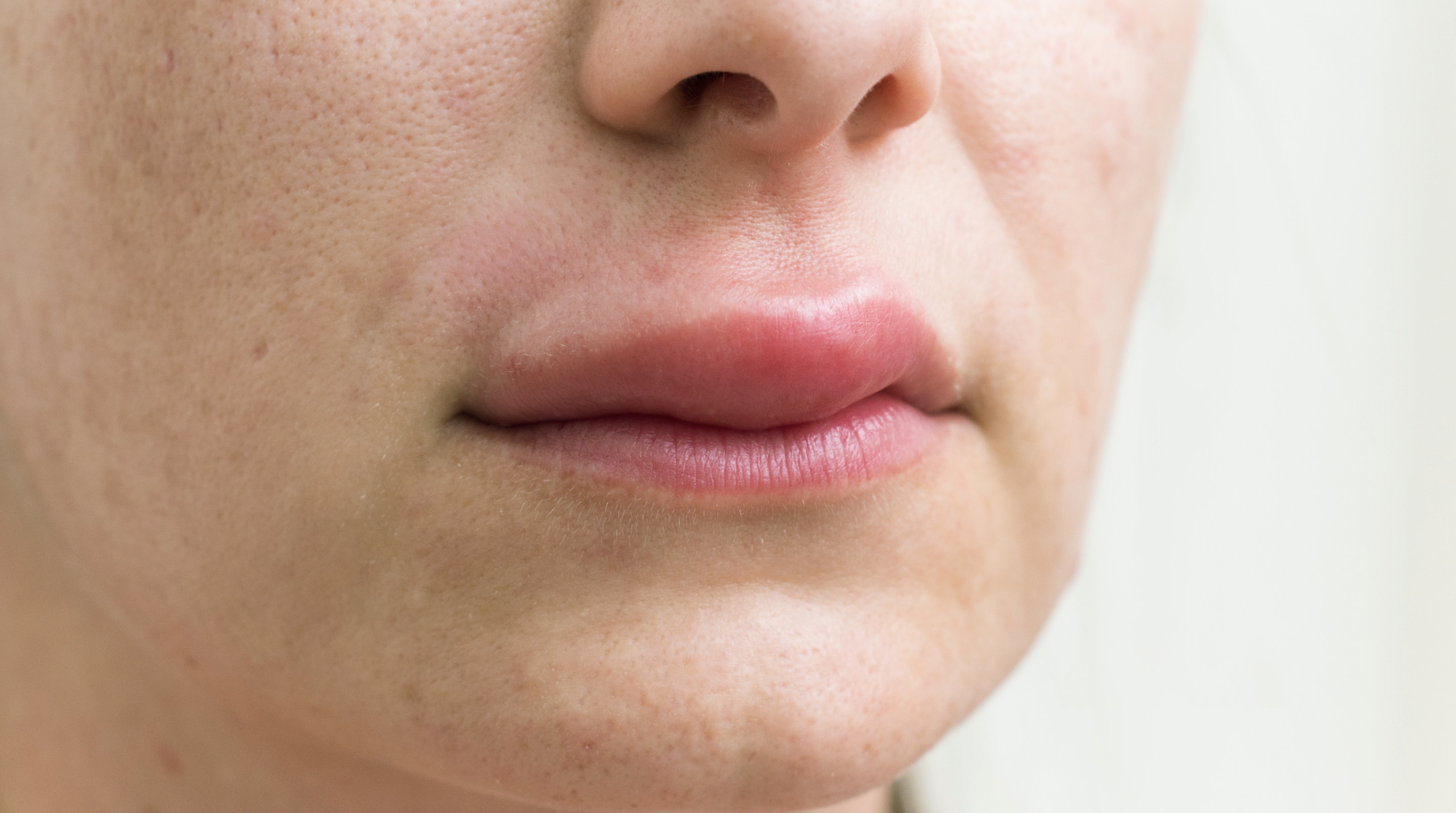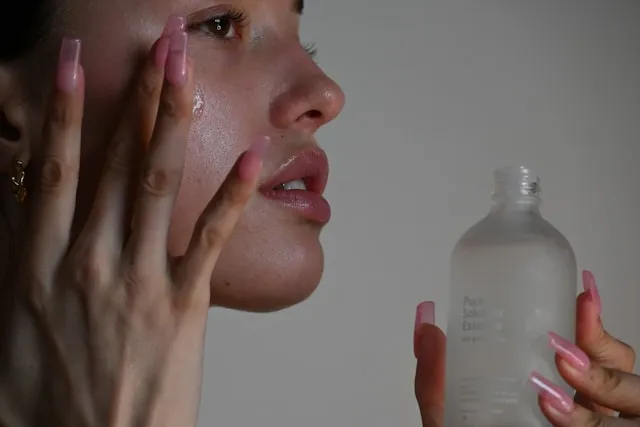Struggling with small and painful bumps under your arms? Pimples in the armpits are a common issue, usually harmless but often uncomfortable, annoying, and embarrassing. From shaving irritation to sweat and friction, several factors can trigger them. Understanding what causes these underarm pimples and how to treat and prevent them can help keep your skin smooth, irritation-free, and healthy.
Let’s explore their causes, treatment, and prevention.
What are Pimples in the Armpits?
Pimples in the armpits are small bumps that may be filled with pus or appear red or tender. They can be caused by bacterial buildup in the skin, leading to inflammation and discomfort. But they are usually harmless and disappear independently. If the pimples are persistent and cause pain or discomfort, they require medical treatment, as they may indicate underlying problems.
Common Causes of Pimples in Armpits
Here are the potential causes of underarm pimples:
1. Blocked Hair Follicles
-
A study says that excess oil (sebum) and dead skin cells can block hair follicles.
-
This leads to inflammation and the formation of pimples.
2. Friction from Clothing
-
Tight and rough clothes made from non-breathable materials can trap moisture.
-
This can create friction, causing irritation and armpit pimples.
3. Poor Hygiene
-
Insufficient or improper cleaning allows the dead skin cells, sweat, and bacteria to build up in the skin of the armpits.
-
This, in turn, blocks pores and causes bacterial infection, which leads to pimples.
4. Folliculitis
-
Folliculitis is the inflammation of the hair follicle, which can be caused by yeast or bacteria, resulting in armpit pimples.
-
It can occur because of shaving, excessive sweating, and tight clothing.
5. Use of Irritating Products
-
Sometimes, body sprays, antiperspirants, and deodorants can irritate the sensitive skin of the underarm.
-
The irritation occurs due to the alcohol, harsh chemicals, and fragrances present in these products.
6. Hormonal Changes
-
Hormone fluctuations, like during pregnancy, menstruation, puberty, or menopause, can lead to increased oil production.
-
This makes the armpits more susceptible to pimples.
7. Yeast infections
-
According to MedlinePlus, Candida albicans, which is a type of yeast, overgrows in moist or creased areas, such as underarms.
-
This contributes to fungal or yeast infection, appearing as pimple-like lesions.
8. Hidradenitis Suppurativa
-
A chronic skin condition that clogs the hair follicles due to sweat and bacteria.
-
This causes painful nodules or abscesses in the underarms.
9. Boils
-
Boils, also called furuncles, that develop due to bacterial infection can lead to red and painful bumps.
-
These are most likely to develop in skin that is exposed to friction and moisture, which includes the armpits.
10. Ingrown Hair
-
An ingrown hair that twists and curls back into the skin rather than growing out can develop into pimples.
-
These are common in individuals with thick and curly hair and frequently occur in the area where a person shaves regularly, like the armpits.
Symptoms of Armpit Pimples
The following are the symptoms associated with pimples in the armpits:
-
Red and swollen bumps
-
Pain or tenderness
-
Pus-filled blisters
-
Itching or irritation
-
Abscesses or cyst-like lumps (in severe cases)
If the armpit pimples remain persistent or are extremely painful, it can be a severe condition, such as hidradenitis suppurativa, which needs medical attention.
Treatment Options for Pimples in the Armpits
The effective treatment options for underarm pimples include home remedies and medical treatment:
Home Remedies
Here are the simple home remedies for armpit pimples:
1. Gentle Cleansing:
With the help of a gentle cleanser or antibacterial soap, clean the affected area two times a day. This clears away excess oil and bacteria without drying the skin excessively.
2. Warm Compresses:
-
Apply a warm, clean cloth to the armpits for about 10 to 15 minutes, 3 to 4 times a day.
-
This helps draw pimples to the surface, supports the drainage of pus from pimples, relieves inflammation and swelling, and soothes pain, thus supporting healing.
3. Tea Tree Oil:
-
A review reports that diluted tea tree oil can help lower the growth of bacteria causing pimples due to its anti-inflammatory, antibacterial, and antioxidant properties.
-
To make the oil dilute, mix it with any carrier oil and then apply the mixture to the affected area.
4. Aloe Vera Gel:
-
Apply the pure, organic store-bought or directly plant-derived aloe vera gel to the irritated area.
-
The natural anti-inflammatory, astringent, and antibacterial effects of aloe vera can help get rid of inflammation, swelling, and redness, clear dirt and oil, soothe irritation, and also support skin healing.
5. Honey
-
The anti-inflammatory, antibacterial, and hydrating properties of the raw honey can help kill bacteria, keep the skin hydrated, and relieve swelling and redness, supporting quick healing.
-
Apply raw honey directly to the pimples under your armpits and then wash it thoroughly after 10 to 15 minutes.
6. Bottle Gourd
-
The anti-inflammatory effects of bottle gourd may help relieve red and irritated skin, which can soothe inflammation related to pimples.
-
Massage your armpits using a slice of potato in a circular motion for about 5 to 10 minutes. Rinse it off using normal water.
7. Papaya
-
The enzymes, such as papain and chymopapain, found in papaya help control inflammation associated with the pimples in the armpits.
-
Apply a smooth paste of papaya to your underarms and wash it off after 20 to 30 minutes.
Over-the-Counter (OTC) Treatments
1. Antibacterial washes:
Examples include products containing benzoyl peroxide or chlorhexidine gluconate that aid in killing bacteria and unclogging skin pores.
2. OTC Gels or Creams
Benzoyl peroxide or salicylic acid-containing gels or creams can help with irritated skin in the underarms. Start with a 2.5% concentration to avoid the risk of excessive irritation.
3. Oral Antibiotics
Erythromycin and Safer Lexon Exercise are potent OTC oral antibiotics that help kill bacterial infections causing armpit pimples. Consider your allergies and health issues before taking this medicine.
4. Steroid Creams
Examples include 1% hydrocortisone, and research shows that it can help relieve itching and inflammation. For severe cases, stronger steroids, like triamcinolone acetonide and fluocinonide, are prescribed.
These methods can only offer some improvement in the condition, helping the healing process to boost. It usually takes a few days for the pimples to fully heal. If your armpit pimple(s) is/are painful and severe, then consult a dermatologist to rule out the actual cause and best treatment plan.
Professional Treatments
By carefully examining armpit pimples, the healthcare providers may recommend these treatment options:
Prescription Medications:
-
Oral or topical antibiotics: To manage bacterial infections.
-
Corticosteroid injections: To relieve swelling and inflammation.
-
Hormonal therapies: Examples are oral contraceptives used for addressing hidradenitis suppurativa.
-
Biologics (injected medications): To strengthen the immune system to get rid of moderate to severe symptoms related to hidradenitis suppurativa.
Procedures:
-
Incision and drainage: For boils (if caused by bacterial infections), which can help remove the drainage fluid and relieve pressure.
-
Laser hair removal: To lower the frequency of worsening of hidradenitis suppurativa.
When to See a Doctor?
If you experience any of these symptoms, seek medical help:
-
Persistent or recurring armpit pimples, even with home remedies
-
Large, painful abscesses or cysts
-
Signs of infection, like fever and pus
-
Dark spots or scarring
Preventive Tips for Armpit Pimples
Here are prevention strategies:
Proper Hygiene Practices
-
Shower every day, especially after exercising or sweating
-
Clean your armpits using antibacterial soaps
-
Pat dry the armpit area thoroughly after washing
-
Change your clothes daily, particularly after sweating or exercising
Smart Hair Removal
-
Use clean and sharp razors
-
Shave carefully only in the direction of hair growth
-
Use shaving gel or cream before shaving your hair
-
Exfoliate the underarm area gently before removing hair to avoid ingrown hairs
-
Consider other hair removal methods, like waxing, if shaving leads to irritation
Clothing Choices
-
Wear breathable and loose-fitting clothes
-
Opt for cotton or moisture-absorbing materials
-
Do not wear synthetic clothes that trap moisture
-
Change your clothes immediately after exercising or sweating
Product Selection
-
Pick hypoallergenic and fragrance-free underarm deodorants
-
Always do a patch test before trying any new product
-
Use natural or aluminium-free products in case of sensitive skin
-
Apply deodorant to clean and dry skin
Lifestyle Changes
-
Consume foods rich in fiber, vitamins, and minerals
-
Stay hydrated by drinking a lot of water to promote skin health.
-
Exercise regularly to cleanse pores, regulate hormones, and reduce inflammation.
-
Manage stress through meditation or yoga to prevent worsening of skin conditions.
-
Get enough sleep to support your immune system to fight off infection.
Summing Up
Pimples in the armpits can be caused due to excess oil or sebum production under the skin surface. From friction from clothing and poor hygiene to folliculitis and hidradenitis suppurativa, several factors can contribute to armpit pimples. With some home remedies, OTC treatments, and lifestyle changes, you can manage mild cases. For persistent armpit pimples, seek medical help from the best dermatologist.
DISCLAIMER: This content is intended for educational and informational purposes only. It doesn't comprise medical advice. Always consult a qualified dermatologist or medical professional for any type of skin-related issues.
Frequently Asked Questions
Is a pimple in the armpit a cancer symptom?
It is rarely a sign of cancer, as most often it is caused by benign conditions, such as blocked skin pores, infection, or skin irritation. But if the lump is hard, growing, and is persistent, seek medical attention.
Is it okay to pop pimples on the underarms?
No, popping pimples on the underarms is terrible, as it can lead to scarring.
What is skin hygiene to prevent acne in the underarms?
Skin hygiene can be regulated by washing the skin and indulging in physical activities like dance, going to the gym, and changing regular wear.
How long do armpit pimples last?
They last for a few days to many weeks or months based on their cause and severity. Mild cases, like folliculitis, clear up in a few days with good hygiene, while severe cases, like hidradenitis suppurativa, need medical treatment.
How do I know if your armpit pimples are severe?
If the armpit pimples are hard, unexplained, growing, and come along with fever and night sweats, they can be severe. This may indicate the sign of infection.
Is hidradenitis suppurativa in the armpits curable?
No, it's not curable, but it can be managed with antibiotics, biologics, anti-inflammatory medicines, and laser surgery.
Can you get cystic pimples in the underarm?
Yes, and the cause is primarily hidradenitis suppurativa. Other causes include folliculitis, allergic reaction, or boils. If the underarm cyst doesn't resolve, see a doctor, as it can be a rare sign of cancer.
-User-1754377709.png)
Reviewed by







